When it comes to designing your living room, one of the most important decisions you’ll make is choosing the right color palette especially when you have white furniture. White furniture can instantly brighten up a room, creating a clean, modern aesthetic that complements a variety of design styles. However, choosing the right color for a living room with white furniture can be a bit tricky. You want to make sure the colors you select not only enhance the white furniture but also create a cohesive, inviting space.
In this article, we’ll explore how the right color choices can complement your white living room decor. We’ll cover everything from neutral and earthy tones to bold accent colors that work perfectly with white furniture. Whether you’re looking for calming pastels or vibrant, complementary colors for your living room, this guide will help you create a space that’s both stylish and functional. Let’s dive in!
Why White Furniture Works Well in Living Rooms
White furniture is a timeless choice for any living room. It not only creates a modern, clean aesthetic but also offers a versatile foundation for a wide range of color schemes. The beauty of white living room decor is its ability to complement both bold and subtle colors, allowing you to experiment with various accents and tones without overwhelming the space. Whether you prefer neutral colors for the living room or more vibrant hues, white furniture adapts effortlessly.
The subtle elegance of white furniture can also make your living room feel more open and airy. Its neutral nature reflects light, brightening the entire room and creating a welcoming atmosphere. Plus, it’s easy to integrate with any design style whether you’re going for a contemporary, minimalist vibe or a more cozy, eclectic feel. White furniture offers the flexibility to mix and match accent colors, from pastel colors with white furniture to striking earth tones in living room design. With white as your base, your color for a living room with white furniture becomes the perfect canvas for creativity.
Popular Living Room Colors to Pair with White Furniture
Choosing the best color for a living room with white furniture is essential for creating a harmonious and inviting space. White furniture is a versatile base that can be paired with various colors, allowing you to craft a room that reflects your personal style. Whether you’re leaning toward calming neutrals or bolder hues, the right color choices will enhance your living room and complement your furniture. Here’s a breakdown of some of the most popular color choices for your white furniture:
Classic Neutral Colors
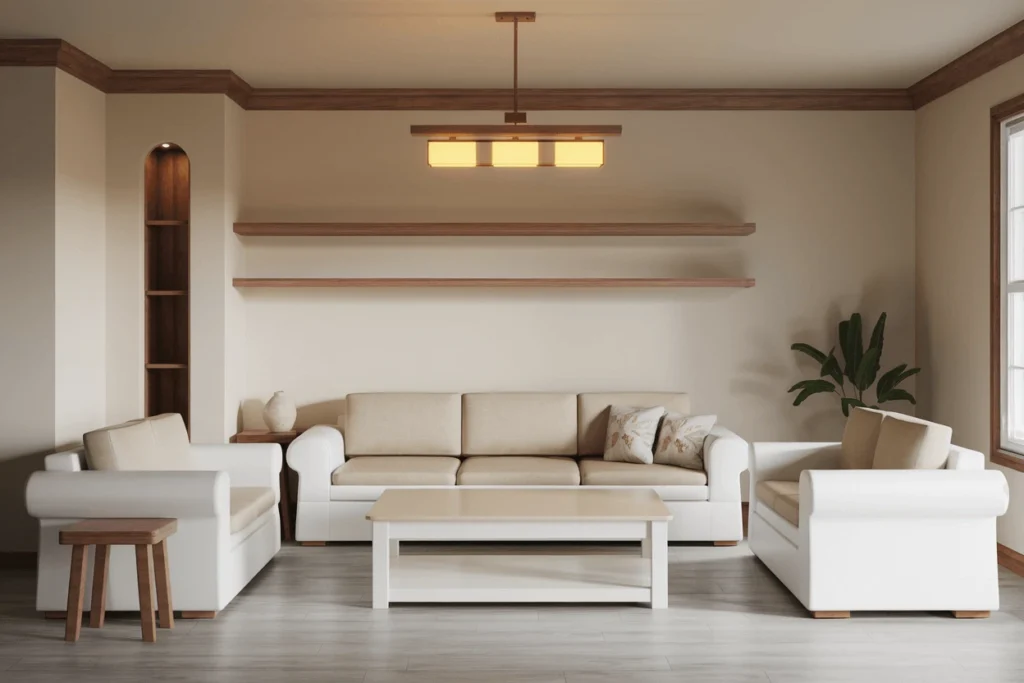
Buy Similar Decor in This Article
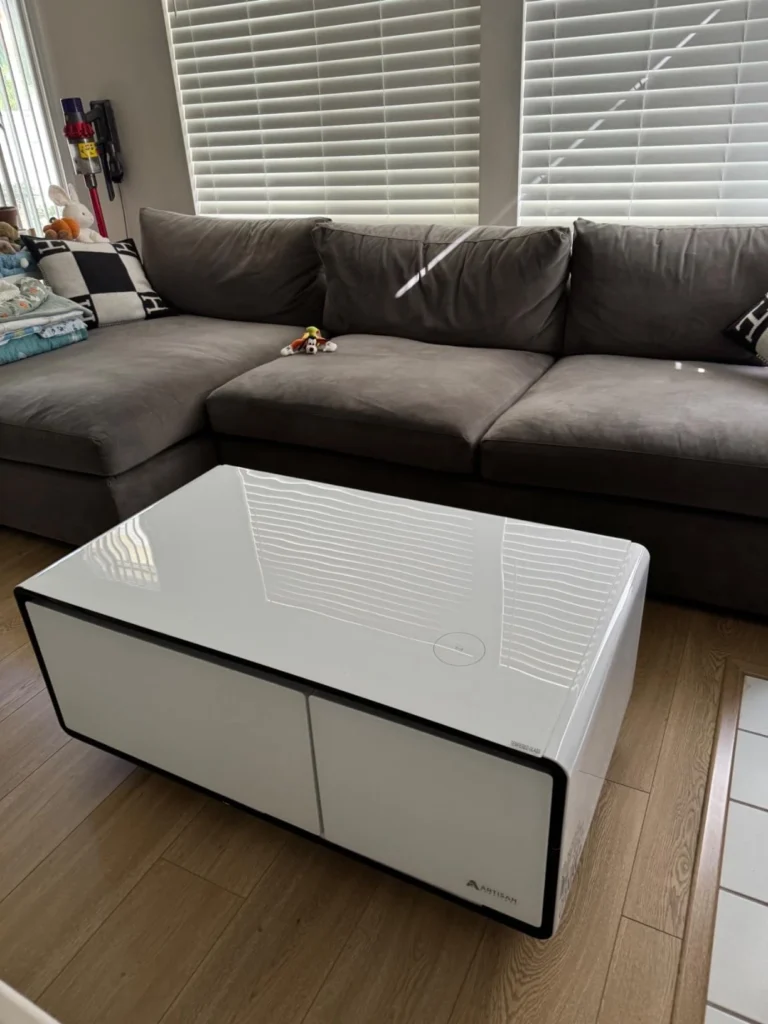
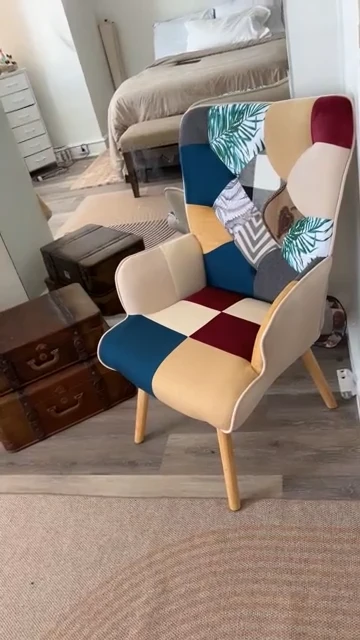
Buy Similar Decor in This Article
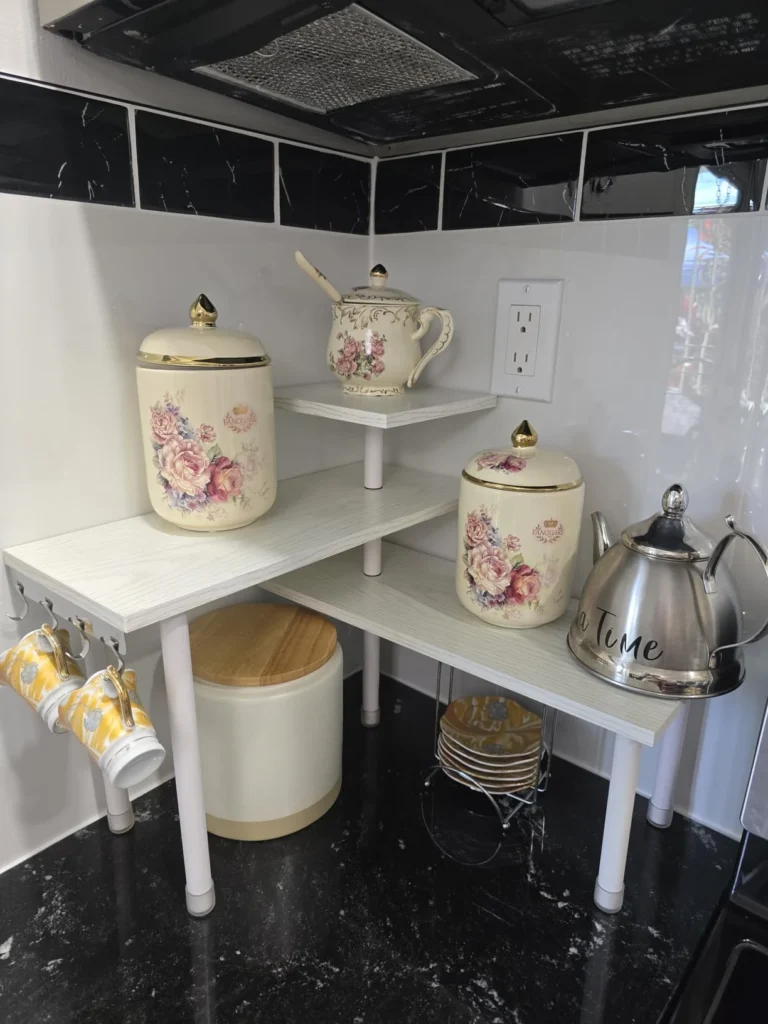

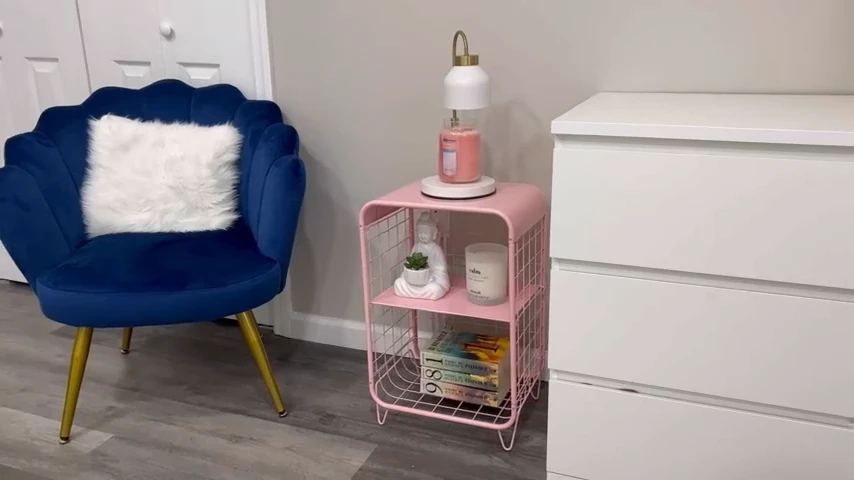

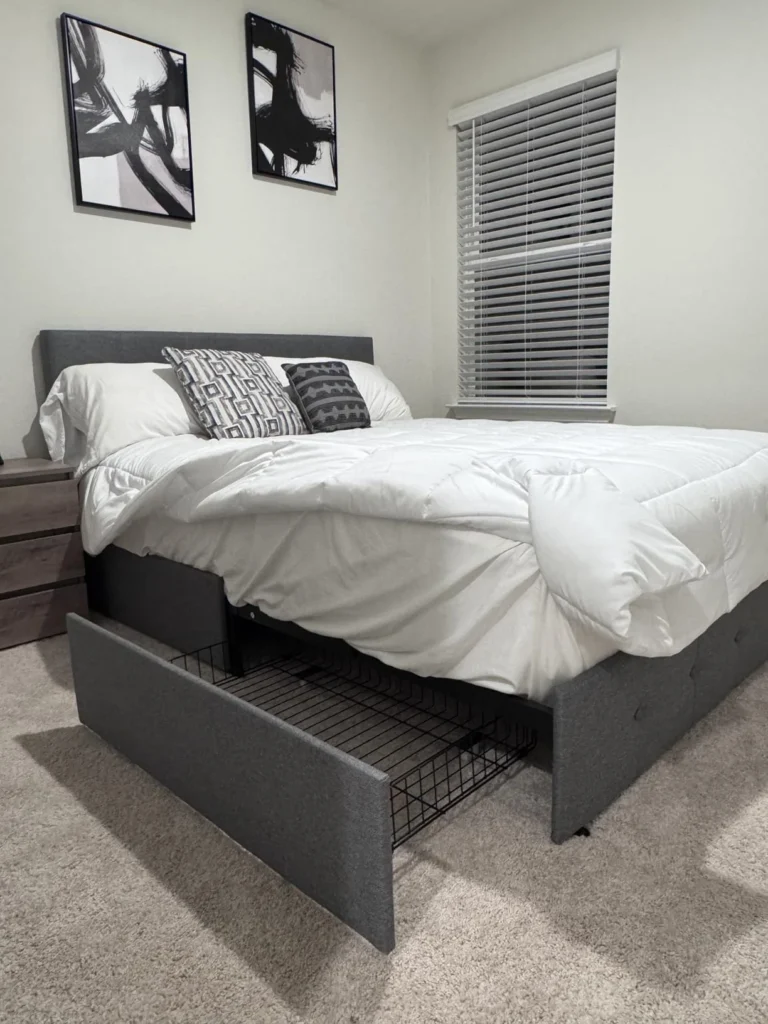
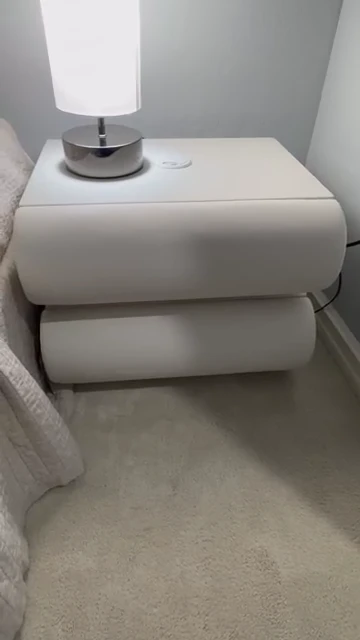
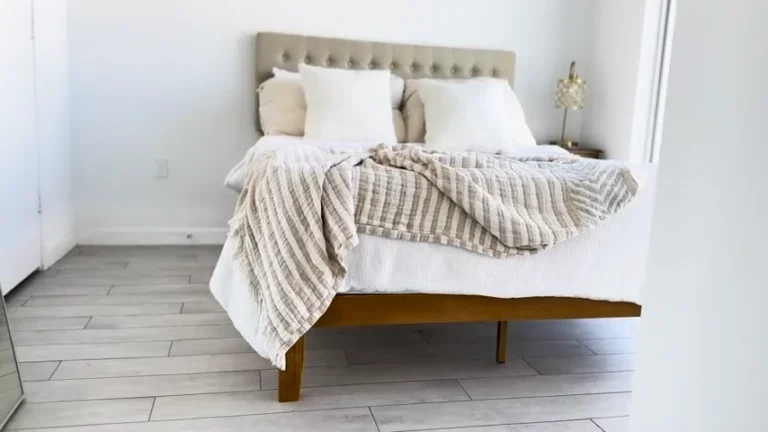
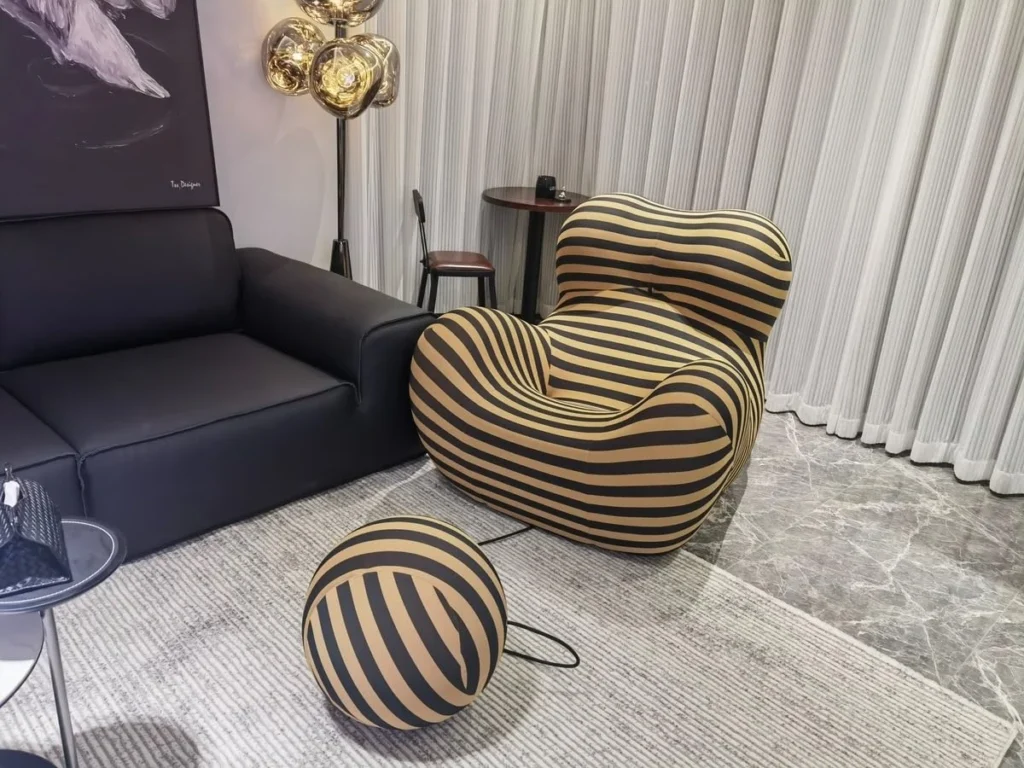
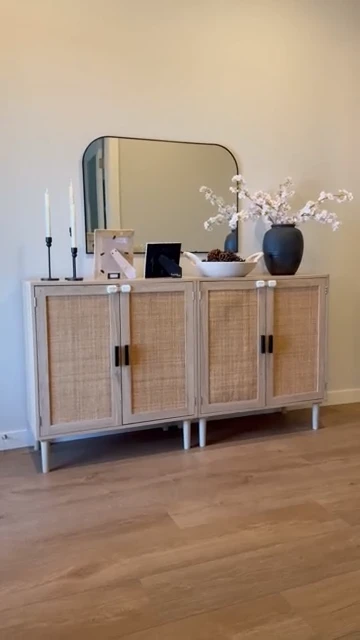
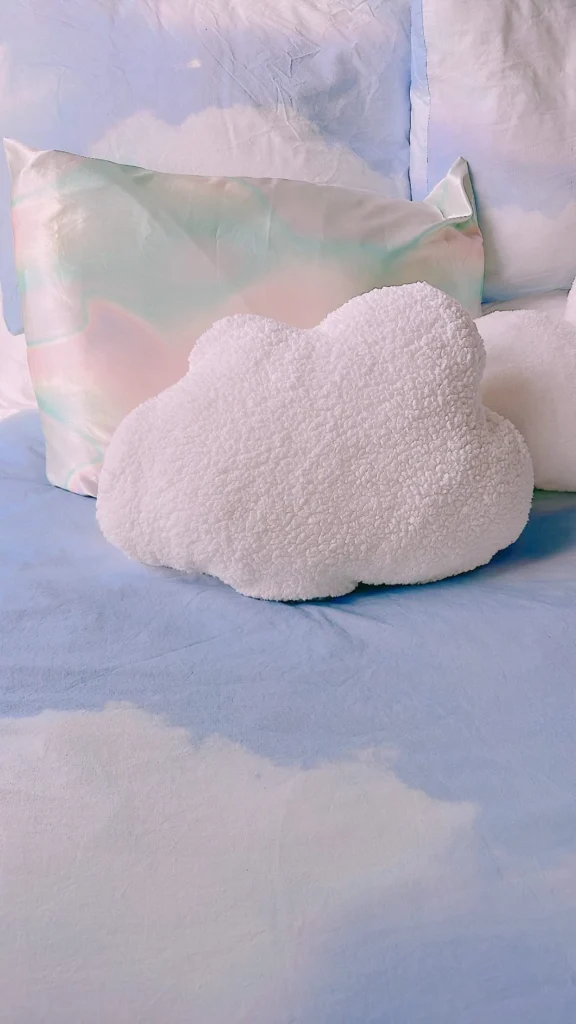
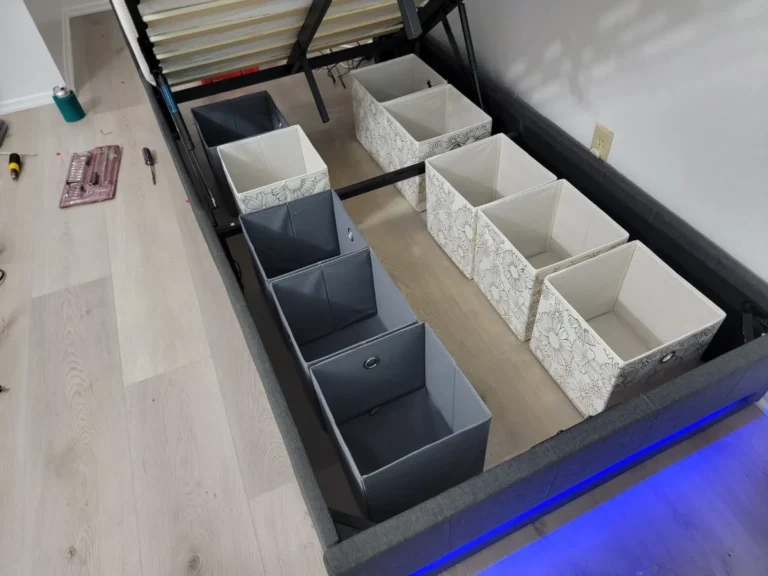


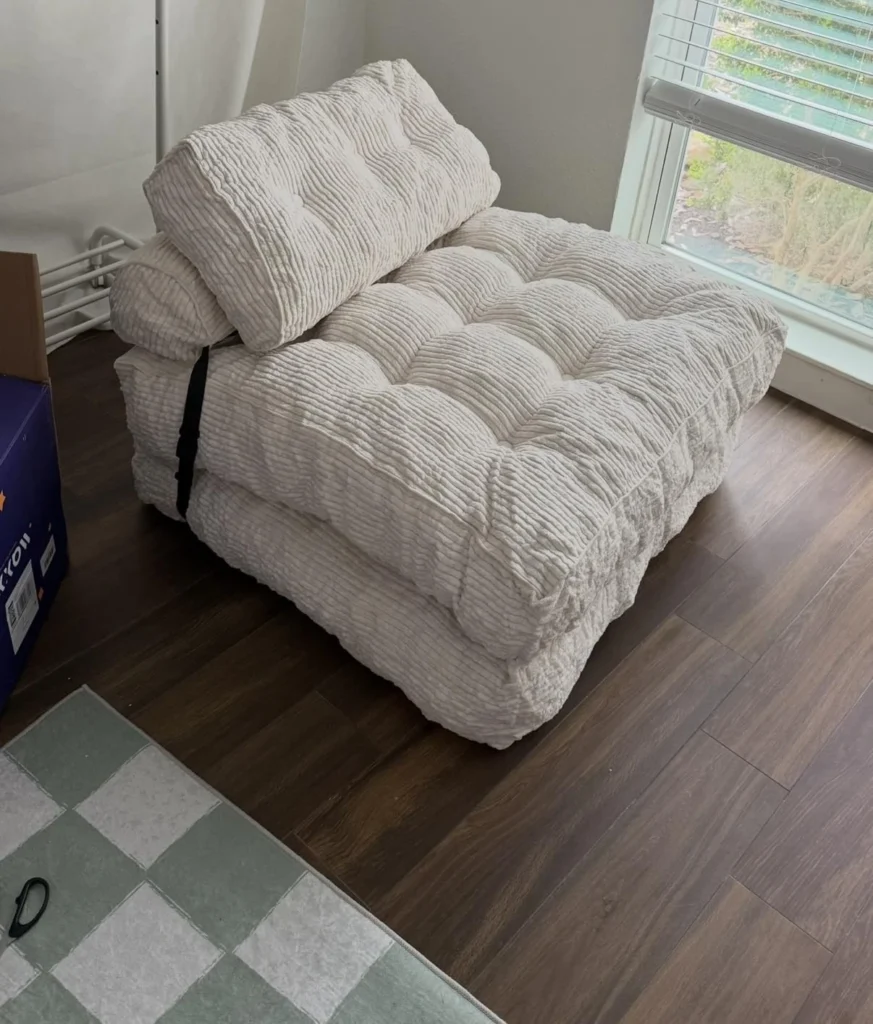
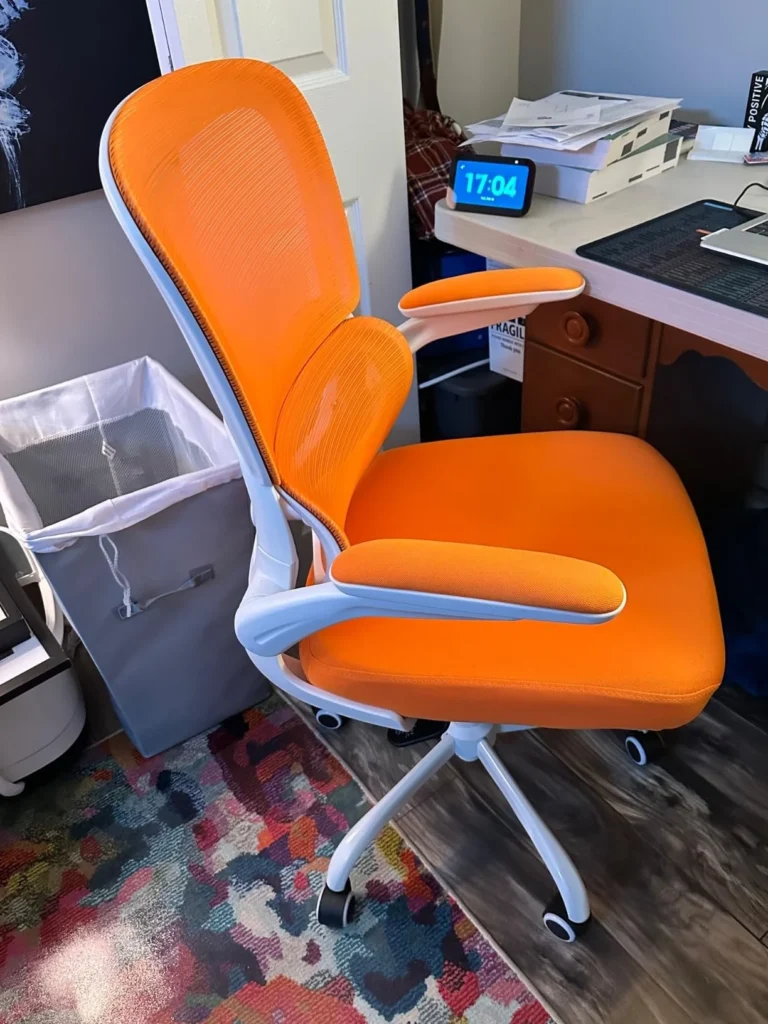


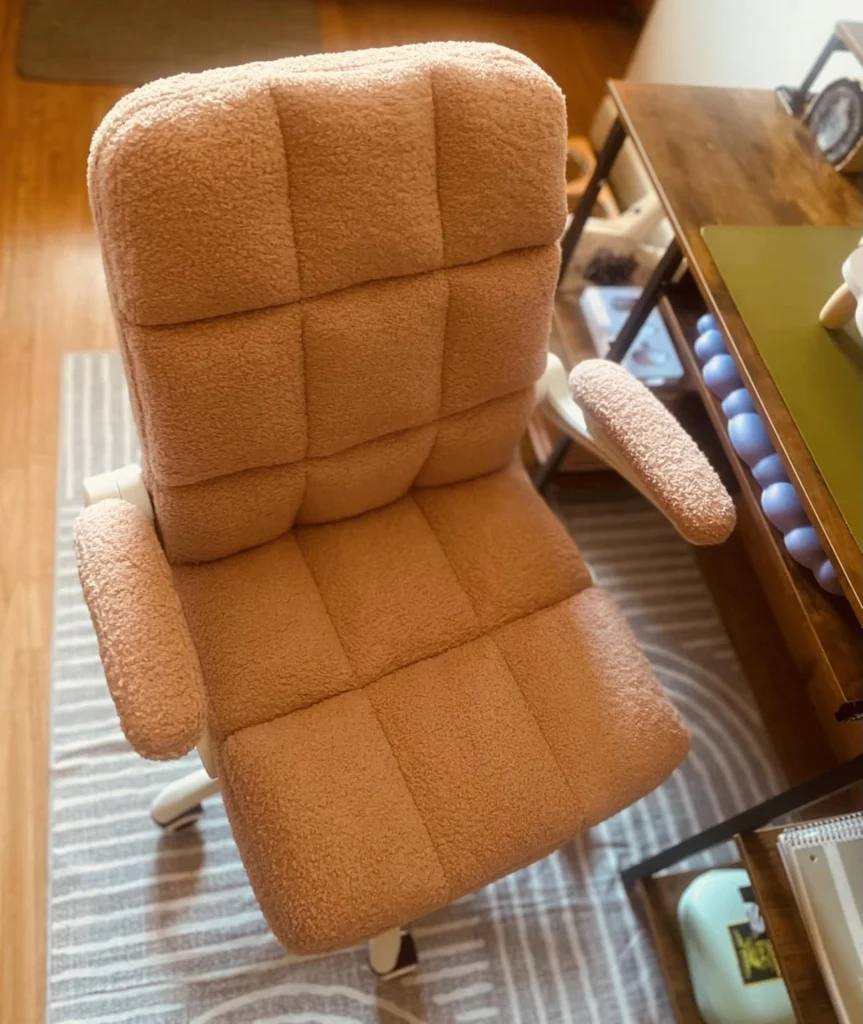


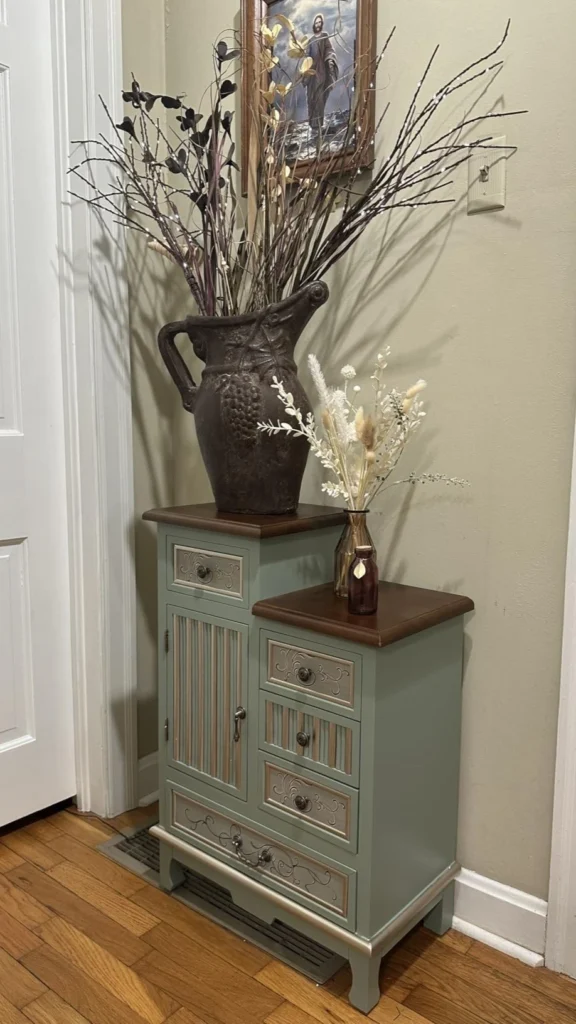
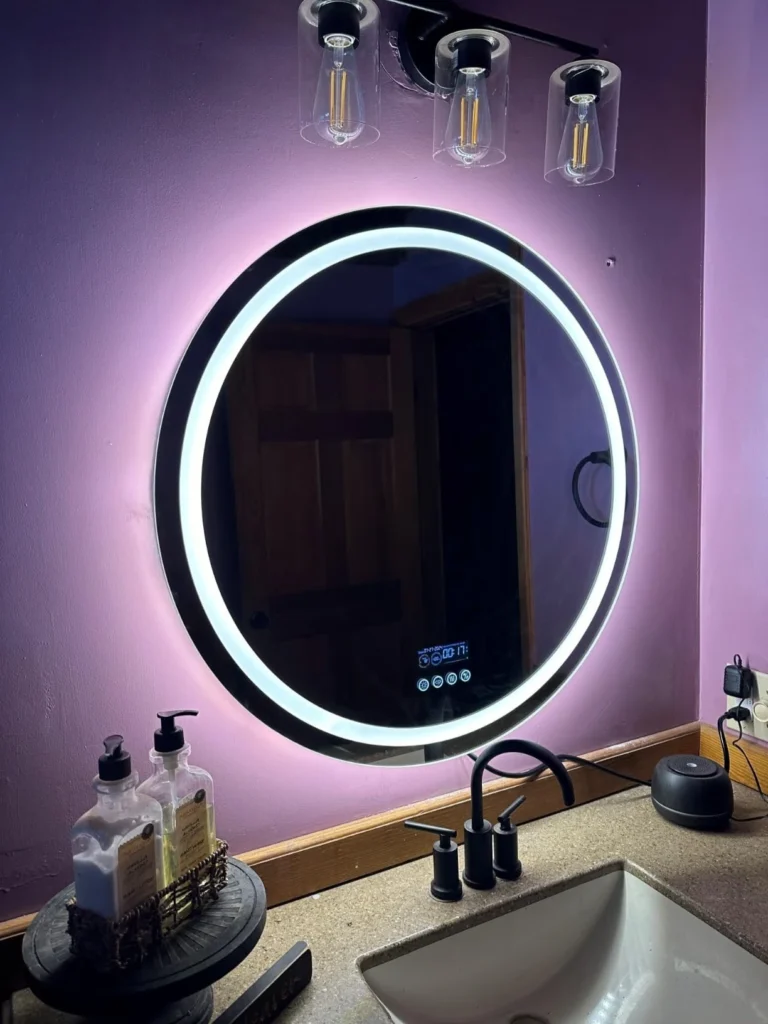



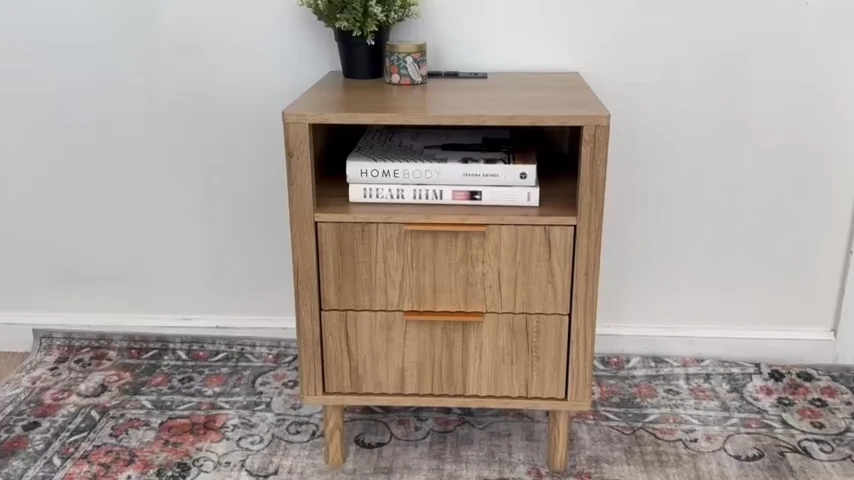
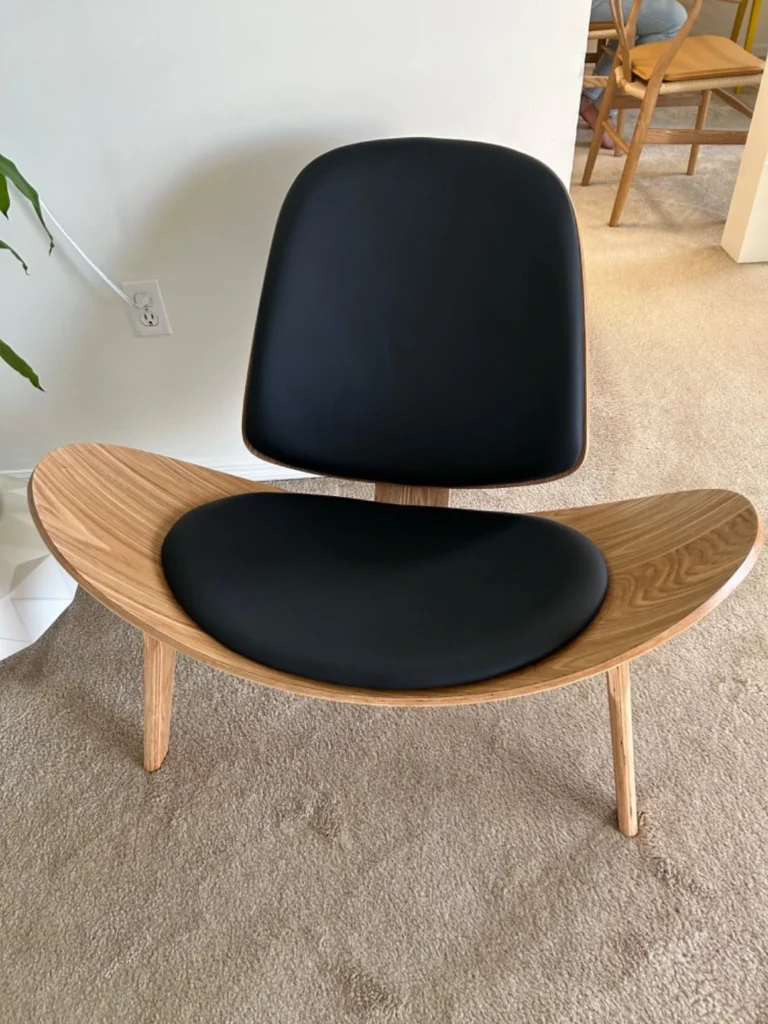
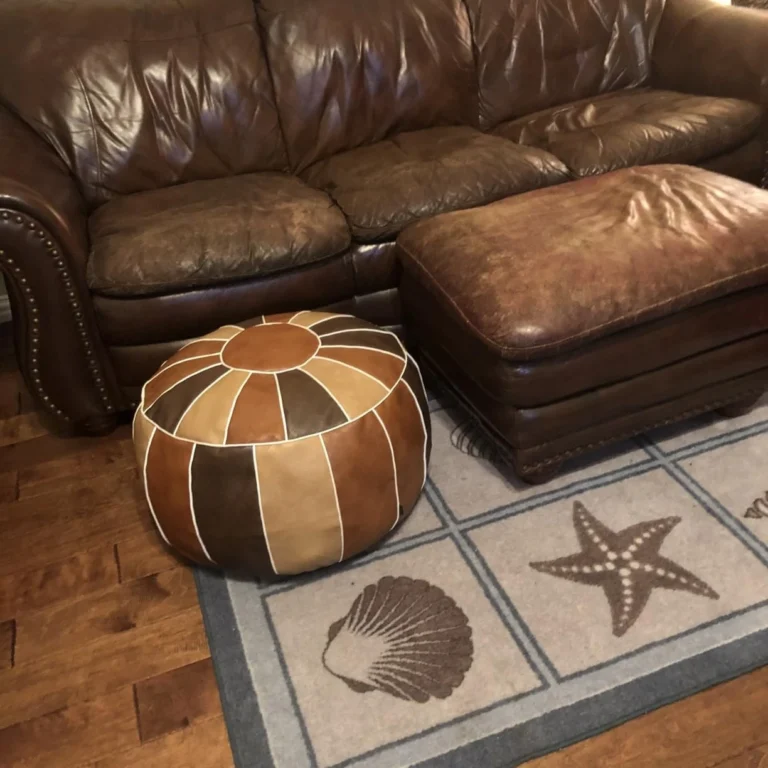
Neutral tones like beige, gray, and taupe are always a safe bet when selecting a color for a living room with white furniture. These shades offer a calming, sophisticated atmosphere while allowing the white furniture to stand out as the focal point.
- Beige and Soft Whites: A combination of beige and soft whites can create a serene, minimalistic look. This subtle color scheme enhances the airy feeling of the room without overwhelming it, making it perfect for those who prefer a clean and quiet space.
- Taupe and Ivory: The balance between taupe’s earthy undertones and ivory’s crispness adds a timeless sophistication to your living room. These neutral shades can bring warmth and elegance to the room, pairing perfectly with white furniture for a polished look.
Using neutral colors for living room design ensures a seamless and balanced space, allowing your white furniture to shine without too much contrast. These colors are ideal for creating a relaxed, peaceful environment and can be easily updated with small accent colors to keep things fresh.
Earthy Tones
For those looking to introduce warmth and depth into their living room, earthy tones such as terracotta, sage green, and soft browns are great choices. Earthy colors pair wonderfully with white furniture, creating a natural, grounded atmosphere.
- Terracotta: A rich, warm terracotta works well with white furniture, adding a pop of color that’s still warm and inviting. This earthy hue can be used in feature walls, rugs, or throw pillows to bring depth and interest to your space.
- Sage Green: Sage green, with its subtle, muted tone, pairs beautifully with white furniture, adding a touch of nature and tranquility. This color helps create a spa-like feel in your living room, making it the perfect choice for those seeking a calm, peaceful environment.
- Warm Browns: Shades of brown, from light caramel to deep chocolate, add a natural, cozy feel to your living room. These colors complement white furniture by providing a sense of richness and warmth without overpowering the space.
By incorporating earthy tones in living room design, you create a space that feels both grounded and sophisticated. The warmth of these colors pairs perfectly with the coolness of white, offering a balanced, harmonious look.
Soft Pastels
If you want to introduce a gentle pop of color without overwhelming the space, pastels are an excellent choice. Soft pinks, blues, and lavenders work beautifully with white furniture, providing a subtle contrast that still maintains an open, airy feel.
- Blush Pink: Blush pink is a soft, calming hue that adds a touch of elegance and warmth to your living room. When paired with white furniture, it creates a serene atmosphere, ideal for relaxation.
- Pale Blue: Pale blue is a cool, refreshing color that works exceptionally well with white furniture, bringing a sense of tranquility and spaciousness to the room.
- Soft Lavender: Lavender introduces a gentle pop of color that is both calming and sophisticated. This pastel shade complements the clean lines of white furniture, adding a touch of femininity without overpowering the space.
Pastel colors with white furniture are perfect for creating a light, airy living room. They provide just enough color to elevate the space while still maintaining an overall peaceful and serene aesthetic.
Bold and Vibrant Colors
If you’re feeling adventurous and want to create a striking contrast, bold and vibrant colors are a great way to make your white furniture pop. Deep blues, emerald greens, and even black accents can add drama and sophistication to your living room.
- Deep Blues: Navy or indigo blue can create a dramatic contrast against white furniture, adding depth and richness. A feature wall or bold blue accent pieces can introduce a touch of luxury and visual interest to the room.
- Emerald Green: Emerald green is a vibrant, bold choice that pairs beautifully with white furniture. This rich color can add a luxurious feel to your living room, especially when used in accent pieces like throw pillows, curtains, or rugs.
- Classic Black: Black accents provide a striking contrast to white furniture, adding sophistication and modern flair. A black accent wall, black furniture, or decor items can create a sleek, contemporary look that elevates your living room design.
To achieve a balanced look with bold colors, it’s best to use them in moderation. Accent walls, throw pillows, or a few statement pieces in deep blue or emerald green can create a focal point in the room while allowing the white furniture to maintain its dominance.
Factors to Consider When Choosing a Color for a Living Room with White Furniture
When it comes to selecting the perfect color for a living room with white furniture, several factors come into play. The right color not only enhances the beauty of your space but also creates the desired atmosphere. Let’s explore some key factors you should consider to make an informed choice that suits your style and living conditions.
Natural Light in the Living Room
Lighting plays a significant role in how colors appear in your living room. Natural light, in particular, can drastically change the mood and look of your chosen color for a living room with white furniture. For instance, bright, warm sunlight can make hues like soft pastels or earthy tones appear more vibrant, while cooler, dim light can make these same colors feel muted.
- How to adjust color choices based on lighting: If your living room has plenty of natural light, you can experiment with bolder or darker tones, such as deep blues or greens, as they will be softened by the brightness. On the other hand, if your space lacks natural light, you might want to go with lighter, neutral colors or soft pastels with white furniture to reflect what little light there is, making the room feel brighter and more spacious.
Understanding how light impacts color choices is crucial for achieving the perfect balance and ensuring your color scheme complements the white furniture rather than overpowering it.

Get Our Free Design Guide!
Transform your space with our exclusive interior design ebook. Enter your email to download instantly.
Room Size and Layout
The size and layout of your living room are just as important when choosing a color. Smaller rooms can feel cramped with darker colors, while larger rooms can handle richer tones or even bold accent walls. For a modern living room with white furniture, the right color can make a big difference in how the room feels.
- Color suggestions for smaller vs. larger living rooms: For smaller rooms, light and airy colors like soft neutrals or pastel colors with white furniture are great because they can make the space feel larger. If you have a larger room, you can opt for deeper colors or even accent walls in bold shades like emerald green or navy blue, which create contrast and visual interest without overwhelming the space.
- Maximizing openness and space: To maximize openness, choose colors that are lighter or have a soft sheen, as they reflect light and create a sense of airiness. Earth tones in living room design, such as soft beiges or grays, are ideal for achieving this. Meanwhile, darker tones work well in larger rooms to provide a sense of coziness and intimacy.
Accent Colors and Decor
When selecting a color for a living room with white furniture, accent colors play a vital role in pulling everything together. Your accent colors, found in pillows, rugs, art, and other decor pieces, can introduce contrast and complement your wall colors.
- Integrating accent colors: Consider using accent colors for white furniture that enhance the main color scheme without clashing. For example, if you choose a soft pastel like blush pink for the walls, you could use deeper shades of pink or gold for your decor items.
- Achieving balance between furniture, wall color, and decor: Make sure your accent colors create harmony with both your furniture and wall color. If you go with a bold wall color like deep blue, balance it out with neutral decor elements like light-colored throw pillows or natural wood accents. The key is to keep the room feeling cohesive, so the white furniture remains the highlight while the accents provide contrast and interest.
By carefully considering natural light, room size, and accent colors, you’ll be well on your way to finding the ideal color for a living room with white furniture. Each factor helps enhance the overall aesthetic, making your living room a space that feels inviting and thoughtfully designed.
Creating a Mood with Color for a Living Room with White Furniture
When choosing a color for a living room with white furniture, it’s important to remember that colors don’t just add style they also influence the mood of the space. The right color palette can make your living room feel calm, energized, cozy, or even sophisticated.
Different Color Tones and the Moods They Create
Each color tone evokes a specific feeling, so it’s essential to pick one that matches the atmosphere you want to create in your living room. For example:
- Soft neutrals like beige, taupe, or light gray promote a relaxed, peaceful vibe, perfect for a white living room decor.
- Cool tones such as light blues and greens can bring a sense of calm and serenity, making them ideal for a modern living room with white furniture.
- Bold colors like navy blue or emerald green add drama and sophistication, while bright living room ideas with hues like sunny yellow or coral can energize and inspire.
How to Use Color Psychology to Design a Cohesive Space
To design a living room that feels cohesive, use color psychology to your advantage. Think about how you want your living room to feel and choose your color accordingly. If you’re looking to create a welcoming and cozy space, warm earth tones like terracotta and mustard can work well with accent colors for white furniture. On the other hand, if you want a more vibrant, playful room, you might choose pastel colors with white furniture, which add a subtle yet fun element to your living room color schemes.
By understanding the mood each color evokes and pairing it with the right accents, you’ll create a living room color scheme that not only looks great but also feels perfect for your lifestyle.
Design Styles and Matching Colors for a Living Room with White Furniture
When choosing the best color for a living room with white furniture, it’s essential to align your color choices with the overall design style of the room. The color palette you choose can make a significant impact on the vibe of the space. Below are design styles that complement white furniture, along with color suggestions that enhance each aesthetic.
Modern and Minimalist Styles
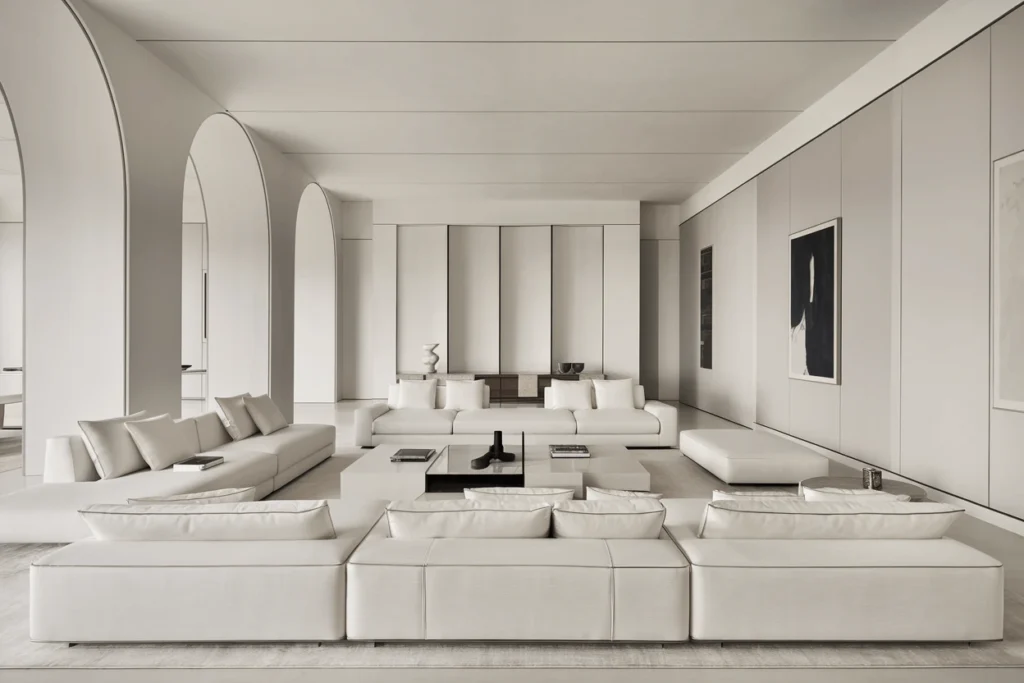
For a modern living room with white furniture, a minimalist approach works best. Monochromatic color schemes in whites, light grays, and even soft charcoals keep the space sleek and uncluttered. These neutral colors for living room designs create a clean, fresh environment while allowing the white furniture to shine as the focal point.
Tips: Stick to simple, clean lines and limit your use of accent colors. A pop of black or metallic accents (like brushed gold or chrome) can add sophistication without overwhelming the space.
Bohemian and Eclectic Styles
If you prefer a more vibrant, free-spirited vibe, the Bohemian style is perfect for pairing with white living room decor. Here, you can mix multiple colors think rich jewel tones like deep emerald, ruby red, or mustard yellow. These accent colors for white furniture can be introduced through pillows, rugs, and artwork, creating a playful yet cohesive look.
Tips: Embrace layering and texture. Mix contrasting colors with pastel colors with white furniture to maintain balance and avoid clashing.
Traditional and Classic Styles
For those seeking a timeless, elegant feel, traditional styles with white furniture benefit from deeper, richer tones. Colors like burgundy, olive, or navy add warmth and sophistication to the room. These hues blend beautifully with the crispness of white furniture, creating a refined, classic aesthetic.
Tips: Choose earth tones in living room design like olive and mustard for a more muted, timeless color scheme that never goes out of style. This approach will keep your living room looking polished and inviting.
Practical Tips for Choosing Paint and Accent Colors for Your Living Room
Choosing the best color for a living room with white furniture can be a fun yet challenging task. To help you make the right decision, here are some practical tips for selecting paint and accent colors that complement white furniture.
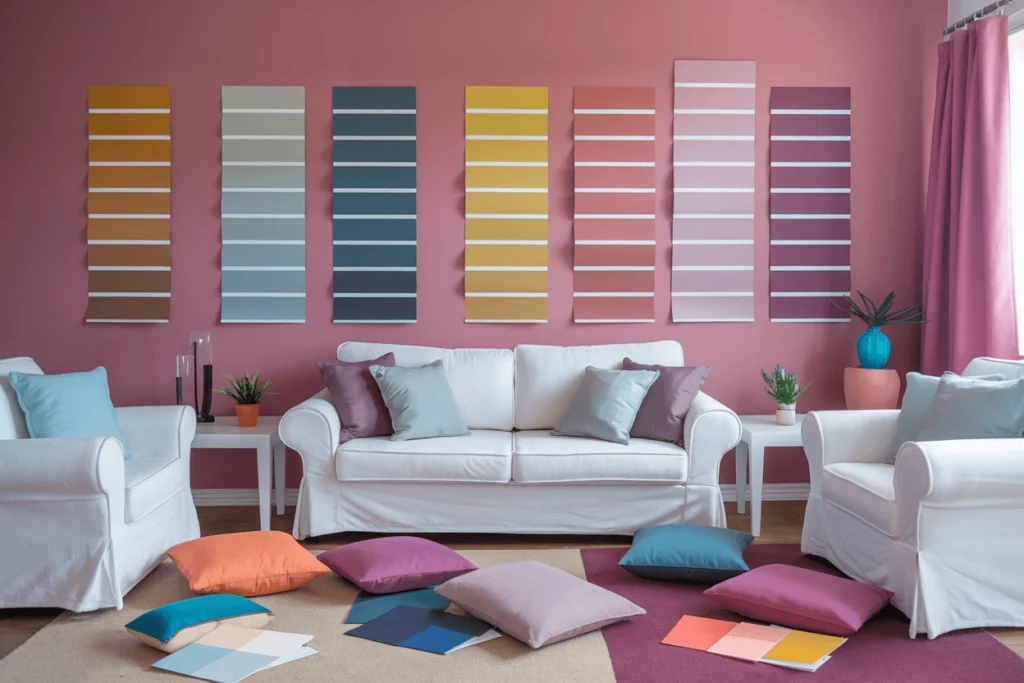
Sample Swatches and Testing Before Committing to a Color
Before committing to a single color, always test a few sample swatches on your wall. Paint can look different depending on the lighting, so testing ensures you find a shade that works well with your space. Whether you’re leaning toward neutral colors for living room or bolder accent colors for white furniture, swatches allow you to visualize how the colors interact with your white furniture in various lighting conditions.
Considering Paint Finishes and Textures for Added Effect
Paint finishes also play a significant role in how colors appear. Glossy finishes reflect more light, giving the room a modern, sleek vibe, which pairs perfectly with a modern living room with white furniture. On the other hand, matte finishes provide a soft, subtle backdrop, ideal for creating a cozy, welcoming atmosphere in more traditional spaces. Consider the overall texture of your room’s decor when choosing your paint finish to add depth and interest to your color scheme.
Balancing Color Throughout the Room with Decor
Once you’ve chosen your main color, balance it with your decor. Use pastel colors with white furniture or earth tones in living room design for accents like throw pillows, curtains, or rugs to tie the color scheme together. Incorporating complementary colors for white throughout your room will create a harmonious, well-rounded look, making your space feel balanced and inviting.
By following these tips, you’ll ensure that your white living room decor stays fresh, stylish, and cohesive.
Conclusion
Choosing the right color for a living room with white furniture is all about creating a harmonious and inviting space. By pairing white with complementary colors, whether neutral tones like beige and gray, or bold accents such as navy or emerald green, you can elevate your living room’s aesthetic. Experimenting with pastel colors with white furniture or earth tones in living room design can also add warmth or freshness. Remember, the key is balancing your choices to reflect your personal style. So, don’t hesitate to try different combinations until you find the perfect match for your space.

